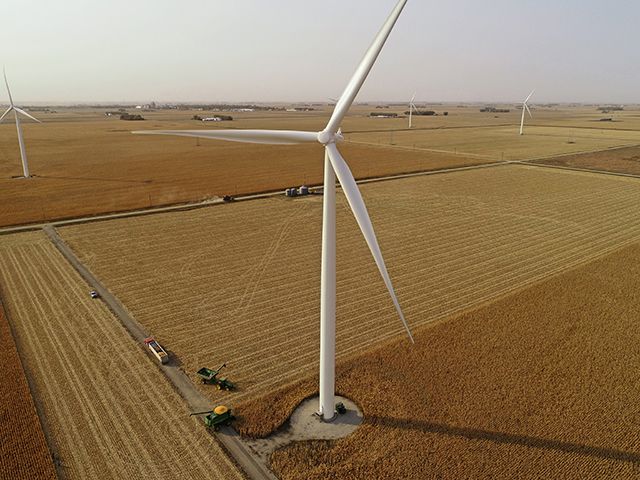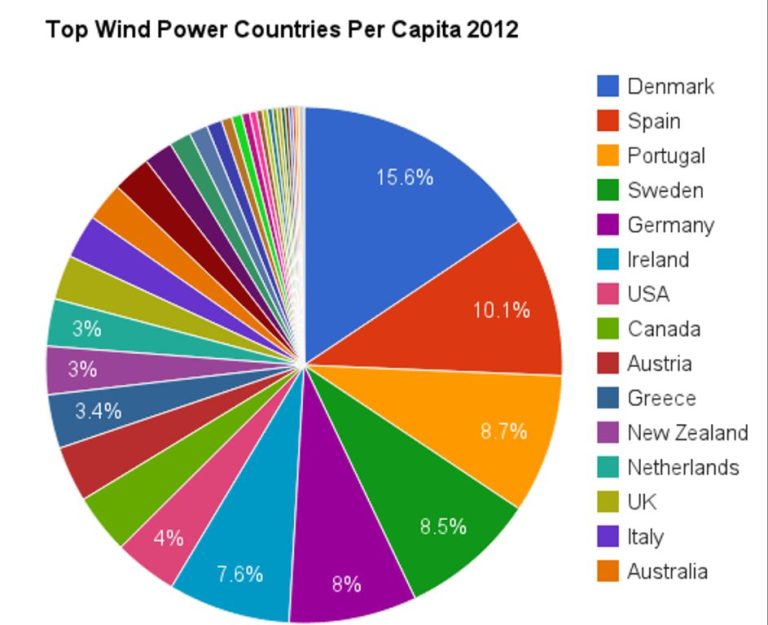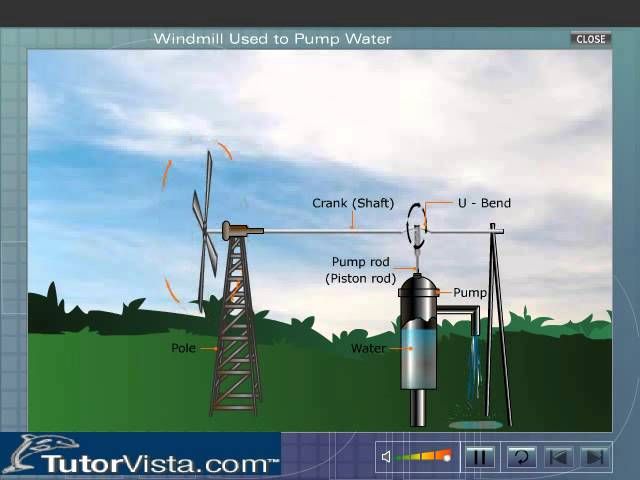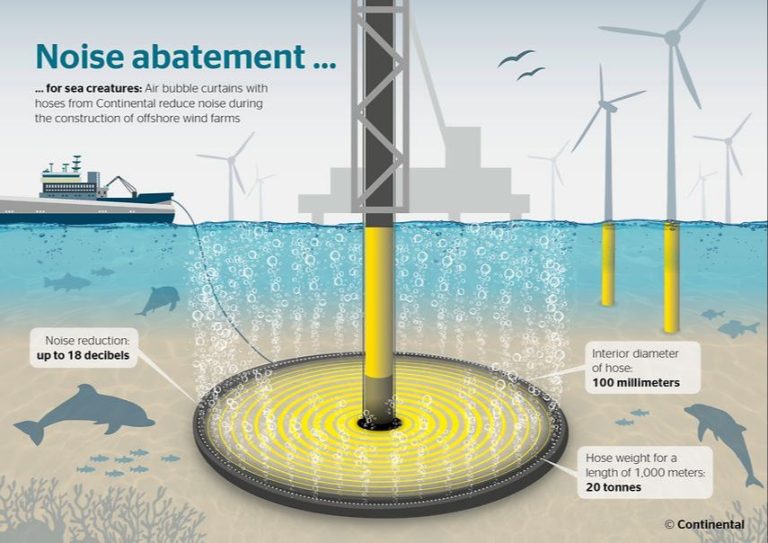Why Are Farmers Against Wind Turbines?
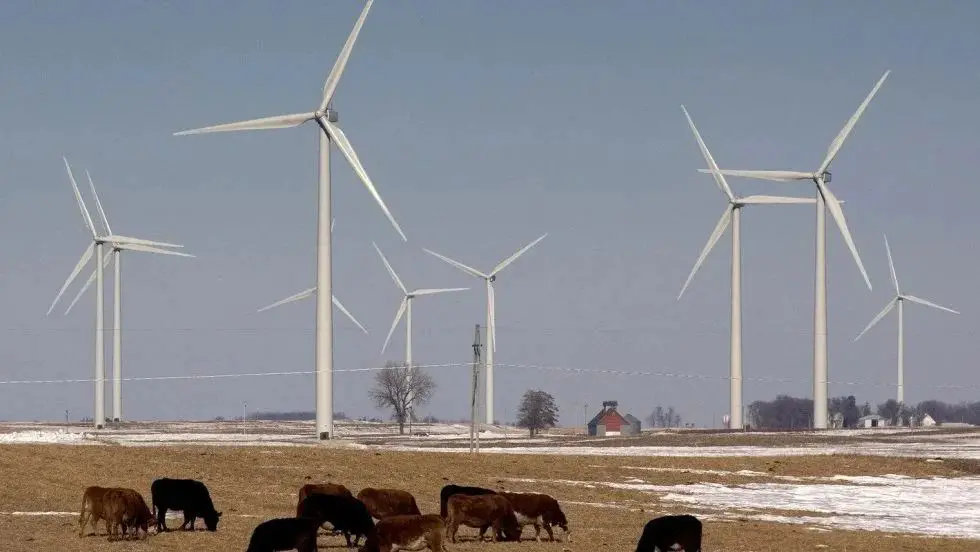
Wind power has rapidly grown as a renewable energy source in recent years. According to https://cleanpower.org/facts/wind-power/, wind energy provided over 8% of U.S. electricity generation in 2020, powering the equivalent of over 42 million American homes. With benefits like job creation, economic growth, and reduced carbon emissions, wind power is expected to continue expanding. However, some farming communities have voiced strong opposition to the placement of wind turbines near agricultural lands. Farmers have raised concerns over noise pollution, reduced crop yields, restrictions on land use, threats to livestock, decreased property values, lack of compensation, impacts on wildlife, and a lack of local oversight. This article will examine the key factors underlying farmers’ resistance to wind power projects in their communities.
Concerns Over Noise Pollution
One of the main concerns farmers have with wind turbines is the noise pollution they produce, which can disturb both livestock and nearby residents. Wind turbines generate noise through mechanical and aerodynamic means as the blades rotate and interact with the air flow. While modern wind turbine designs have reduced noise levels compared to earlier models, the low frequency noise they emit can still be an issue.
Studies have found associations between exposure to wind turbine noise and sleep disturbances, headaches, and other health effects in people living close to wind farms (Wind Turbine Noise Pollution, 2019). For livestock like cows, pigs, and chickens, the audible noise and infrasound from wind turbines has been linked to signs of stress and decreased milk production (Davis, 2013). Research is ongoing into predicting and reducing wind turbine noise pollution in order to improve the integration of wind power while minimizing impacts on residents and agriculture (ANR, 2018).
Negative Impact on Crops
Some studies show wind turbines may affect crop yields. Causes may include turbine shadows, soil compaction from heavy equipment, changes in airflow patterns, and other microclimate effects.
Research from Iowa State University found minimal impacts on soybean and corn yields for farms with wind turbines1. However, other studies have shown small decreases in yields directly under the turbines, possibly due to shading effects2. More research is still needed to fully understand the impacts.
While negative crop impacts appear minor overall, some farmers remain concerned about potential revenue losses from reduced yields. Careful siting and planning during wind farm development may help minimize disruption to crops.
Land Use Restrictions
Wind energy projects require large areas of land to install multiple wind turbines. According to one study, a typical wind farm uses 50 acres of land per megawatt of installed capacity (https://sites.google.com/binghamton.edu/eslg/debunking/wind-turbines). This means that a 100 megawatt wind farm would utilize around 5,000 acres of land. Since modern wind turbines are getting larger and more powerful, the amount of land needed per turbine is also increasing.
Wind turbines and their associated infrastructure like access roads and transmission lines take up valuable farmland and disrupt agricultural operations. One study found that farmers who had wind turbines on their property used 12% less land for agricultural purposes after turbine construction (https://www.researchgate.net/publication/46510246_Public_attitudes_and_participation_in_wind_turbine_development). Turbines and transmission towers make it harder to plant crops, manage livestock, and maneuver farm equipment. Their location often splits up contiguous blocks of farmland as well.
Many farmers are concerned that once turbines are installed, their land use options become severely restricted. The terms of wind lease agreements can prohibit any activity that might block the wind flow to turbines. The large setback distances required for public safety around turbines also put more farmland out of production. With their operations disrupted, some farmers see wind turbines as an unwelcome intrusion on their property rights.
Threats to Livestock Health
Some farmers report livestock health issues near turbines. Studies have found evidence that wind turbines can negatively impact the health and behavior of farm animals.
One major concern is that the continuous low-frequency noise from wind turbines causes chronic stress in livestock like cattle, horses, and sheep. Research has shown that excessive noise can lead to impaired immune systems, decreased milk production, weight loss, anxiety, and reproductive issues in farm animals.1
Another issue is shadow flicker created by the rotating turbine blades. This flickering effect has been associated with increased restlessness and agitation in livestock. Some farmers claim calves exposed to flicker are more likely to get sick and die.2
There are also concerns about electromagnetic radiation from turbines interfering with livestock health. However, research is still inconclusive on whether EMFs from turbines directly harm animals.
While further studies are needed, existing evidence suggests wind farms can negatively impact livestock health and behavior when sited too close to animals. Careful siting and monitoring will be important to understand and prevent any harmful effects.
Reduced Property Values
Studies have shown that wind turbines can negatively impact property values for homes located near wind farms. According to a study by the London School of Economics, homes within 2 kilometers of a wind turbine decreased in value by 5-6% on average (https://www.lse.ac.uk/granthaminstitute/news/house-prices-in-wind-farm-areas/. This is a major concern for farmers who often have their homes on the same property as their farmland. The proximity of wind turbines threatens the value of their most significant assets.
A 2013 report found that farmland values can drop once wind turbines are built, with losses up to 22-50% depending on the number of turbines (https://www.axley.com/publication_article/wind-turbines-property-values-revisited/). Decreased property values can severely impact farmers reliant on their land as an investment. The impacts are especially concerning given a lack of compensation. With no direct payments, farmers are unfairly shouldering the costs of hosting turbines.
Lack of Compensation
Some farmers feel the lease payments offered by wind energy companies are inadequate compensation for the disruptions caused by wind turbines. While lease payments can provide farmers with extra income, some argue the amounts do not properly account for potential lost crops, reductions in yield, and other impacts from hosting turbines.
For example, one study from the University of Rhode Island found that wind turbines in corn fields can reduce yields in the surrounding area by 5-10%, costing farmers significant losses from lower harvests (USA Today). However, lease agreements may not factor in these declines in productivity. There can also be disagreements over how to quantify financial losses from any harm to livestock or reductions in property values.
Some farmers want lease rates tied to factors like the number of turbines, tower height, and nameplate energy capacity. They feel this could lead to more fair compensation aligned with the actual impacts on their operations. However, negotiating higher payments is challenging since wind energy companies seek low costs to maximize profit margins.
Threats to Wildlife
Wind turbines can potentially have negative impacts on local wildlife populations, especially birds and bats. For example, there is evidence that the spinning turbine blades can directly kill birds and bats that fly into them. According to one study, bat fatalities were higher at turbines located in agricultural areas compared to other habitats. Bats may be drawn to the areas around wind turbines due to the presence of insects.
In addition to direct collisions, wind turbines may disrupt the normal behavior and movement patterns of birds, bats, and other wildlife in the vicinity. The turbines produce noise, vibration, and visual disturbance that can alter feeding, breeding, and migration behaviors. Fragmentation of habitat and the construction of access roads and infrastructure associated with wind farms may also negatively impact populations.
By disrupting and killing wildlife, wind turbines have the potential to destabilize delicate local ecosystems that farmers rely on. More research is still needed to fully understand these effects over the long term.
Lack of Transparency and Oversight
Many farmers argue that there is a lack of regulation and oversight when it comes to the approval and construction of wind turbines near agricultural land. They believe there should be more transparency and consultation with local communities before wind projects are approved.
For example, some farmers claim they were not properly notified about proposed wind developments that would affect their properties (1). There is a sense that wind companies can get projects approved and built quickly without sufficient environmental impact reviews or community feedback.
Some argue there needs to be stricter regulation around wind turbine setbacks from property lines, more noise and shadow flicker protections, and better assessment of impacts on wildlife and livestock (2). Many farmers want more of a voice in the process and stronger protections for agricultural land.
Overall, farmers cite a lack of transparency around wind projects and a need for more government oversight and regulations to protect farmers’ interests. More consultation and environmental review could help address many of their concerns.
(2) https://scholarlycommons.law.case.edu/cgi/viewcontent.cgi?article=1060&context=cuslj
Conclusion
While wind power offers great potential as a renewable energy source, farmers have raised several understandable concerns about wind turbines being constructed on or near agricultural lands. From noise pollution disrupting livestock, to reductions in property values, to lack of compensation for potential impacts, farmers have highlighted key issues that call for more research and informed policy solutions. However, with further study of mitigation strategies, proper siting considerations, and fair compensation schemes, many of these issues could likely be addressed or avoided. If solutions can be found for concerns like protecting wildlife, preserving land use, and minimizing noise, wind turbines and agriculture may be able to co-exist. Overall this highlights the need for compromise and shared problem-solving between energy companies, government regulators, conservation groups, and farmers. With open communication and balanced policies, wind power can hopefully expand in a way that respects the needs of local farms and rural communities.

